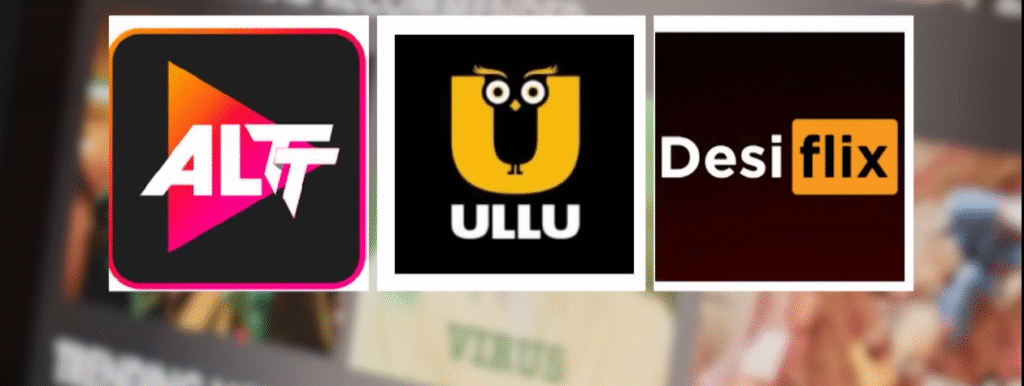Streaming Gone Wrong – What’s Behind India’s Latest OTT Ban?

In a recent move that has sparked national debate, the Government of India has banned more than 25 OTT streaming platforms for allegedly showing vulgar, adult, and misleading content. These platforms include lesser-known names like Altbalaji, HotX, PrimeFlix among others.
This decision is being seen as a serious warning to platforms that cross the line between creative freedom and content responsibility.
Why Did the Government Ban These Platforms?
The ban was issued by the Ministry of Electronics and IT (MeitY), citing repeated violations of India’s Information Technology (Intermediary Guidelines and Digital Media Ethics Code) Rules, 2021.
What Was Violated:
- Platforms failed to control content that was offensive, obscene, or sexually explicit
- Ignored repeated complaints and official warnings
- Promoted adult content under the label of “entertainment”
According to officials, these platforms were misusing the open digital space and influencing young viewers negatively.
Which Platforms Were Banned?
Some of the platforms that are currently facing bans or strict action include:
- Alt Balaji
- HotX
- PrimeFlix
- Nuefliks
- Boom Movies
- Uncut adda
- Neonx
These platforms were mainly streaming erotic web series and adult films, some of which were behind paywalls or subscription services.
Reactions from Viewers, Actors & Experts
This action has received mixed reactions from the public and digital content creators:
Viewers:
- “Some platforms were crossing all limits in the name of entertainment.”
- “A line must be drawn somewhere — not everything should be allowed.”
Actors & Creators:
- “Instead of a ban, the government should introduce content ratings.”
- “This affects creative storytelling, especially for bold or offbeat stories.”
Legal & Tech Experts:
- “If this continues, it could lead to wider censorship — even on political or social topics.”
- “There must be a balance between freedom of speech and responsible publishing.”
Is This Regulation or Rising Censorship?
This situation raises a deeper question:
Should digital content be completely free, or should it be filtered based on social responsibility?
Some believe this step is essential to keep OTT platforms in check, while others fear it’s the beginning of strict censorship in India’s digital future.
Final Words
The government’s action has certainly shaken the OTT industry, and how it shapes the future of digital storytelling in India remains to be seen. Whether this leads to cleaner content or tighter restrictions — one thing is clear: the digital space is no longer beyond regulation.
What’s Your Opinion?
Is this move necessary for protecting Indian culture and youth,
or is it restricting freedom on the internet?
Drop your views in the comments!



